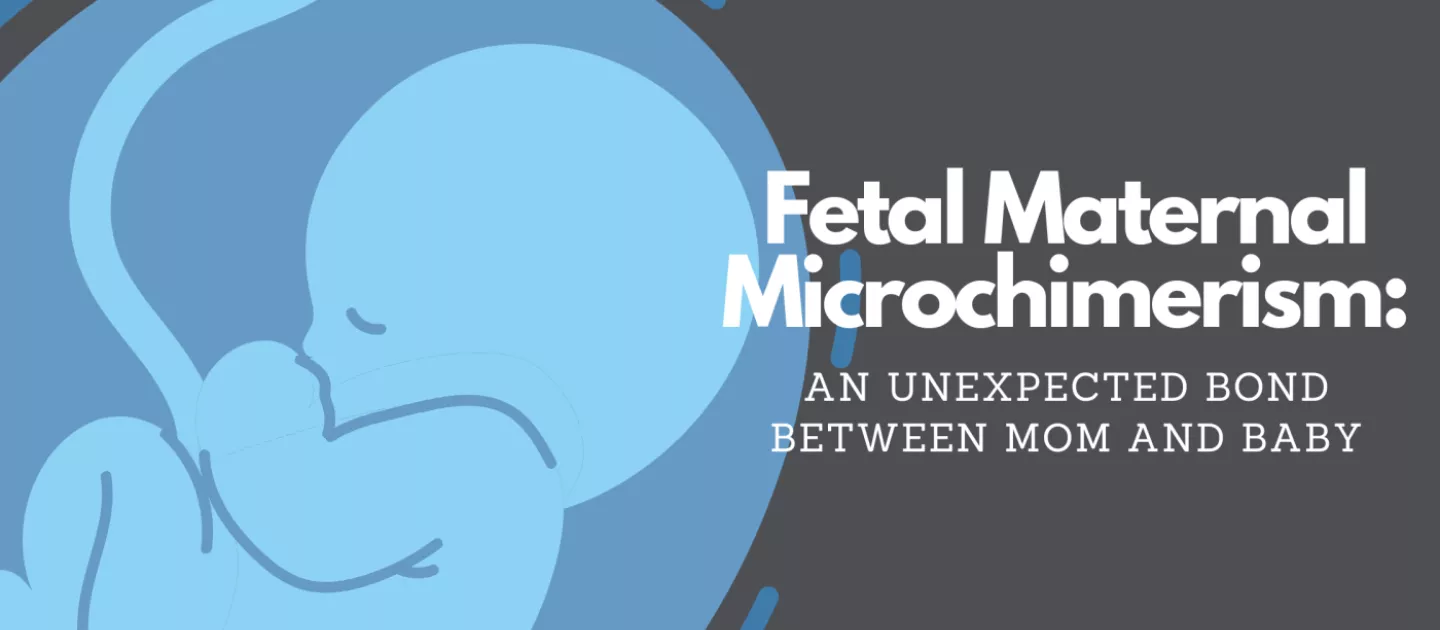While the life you bring into the world is undoubtedly the most significant souvenir you take away from pregnancy, did you know that you may also keep some of your son or daughter's fetal stem cells with you even after they have been born? This phenomenon, called Fetal Maternal Microchimerism, was once considered exceedingly rare, but scientists are discovering that while it might be more common than we think, it is nevertheless mysterious.
This phenomenon gets its name from the chimera, a creature you might have heard of in Greek mythology that was part goat, lion, and dragon. Like the chimera, which is a mixture of various creatures, Fetal Maternal Microchimerism explains situations where a mother’s body contains stem cells from her child in her body for years after childbirth.
What Are Stem Cells?
Stem cells are the building blocks of life. They’re found in our body’s tissues, blood, organs, and immune systems. Once in the body, they use chemical cues from neighboring cells to grow into the same material as their surroundings. What makes them so unique is their ability to help repair or replace damaged or diseased cells within the body. Because of this innate ability, they can treat various medical conditions such as blood disorders, cancers, and immunodeficiencies.
A Bond that Lasts
In the 1990s, scientists first saw evidence that cells from sons and daughters could escape from the uterus through the placenta’s blood flow and spread through the mother's body. Through the years, further research into this phenomenon showed that the cells do not just drift passively but can instead integrate with the mother's cells. This was demonstrated in a study on female mice, where the fetal cells that found their way to the heart developed into cardiac tissue and beating heart cells.
When a woman is pregnant, she experiences placental immune suppression, which keeps the body from viewing the baby as an “intruder.” Scientists believe this occurrence allows for microchimerism because it will allow the fetus' cells to sneak past the mother’s immune defenses without being marked as foreign. Since this immune suppression can remain for several months after delivery, there is ample time for the fetal cells to establish themselves and become a part of the mother's body.
New studies on Fetal Maternal microchimerism suggest that women almost always acquire fetal cells every time they are pregnant, with researchers detecting these cells in just seven weeks of pregnancy.
Even more, while the cells may disappear within a few years, studies have also shown that they can settle in for life, with a 2012 study examining the brains of 59 deceased older women finding Y chromosomes in 63% of them. Since women do not produce Y chromosomes, these findings suggest that the Y chromosomes come from the cells of their sons being transmitted during pregnancy.
Baby’s Chance to Give Back
While studying the process, researchers concluded that fetal microchimerism may help protect women from certain diseases and injuries. Scientists have found fetal cells in scar tissues, specifically scars left by C-sections. It is theorized that these cells from the baby help the mom recover after birth by repairing wounds. But the healing is not just limited to childbirth. In a separate study, fetal stem cells crossed the blood-brain barrier and became neurons. Another example is breast cancer. A case-control study on fetal microchimerism and breast cancer found that women with fetal cells were less likely to have had breast cancer, and this is adjusting for factors such as age, the birth of a son, history of miscarriage, number of children, and total DNA tested.
The Importance of Understanding Microchimerism
The science of microchimerism shows that both child and mother can benefit from this exchange. The mutual desire to survive requires cooperation from both mother and baby. The mother passes vital nutrients to her baby, and the fetus passes stem cells to the maternal system to contribute to her overall health. This amazing phenomenon suggests that the baby’s innate desire to survive is prominent long before birth. Looking out for their mother’s health ensures the baby can develop safely.
We’ve known stem cells from umbilical cord blood possess unique qualities. But this research on the deep bond between those stem cells and the fetal-maternal bond is fascinating! It’s also hopefully the beginning of future research into learning more about how powerful these stem cells really are for potential future medical use. But one thing is certain - it's a reminder that the relationship between a mother and her child goes far beyond the nine months of pregnancy.
Disclaimer: Banking cord blood does not guarantee that treatment will work, and only a doctor can determine when it can be used. Revvity and ViaCord do not endorse or make recommendations with respect to research, medication, or treatments. All information presented is for informational purposes only and is not intended as medical advice.
Resources:











